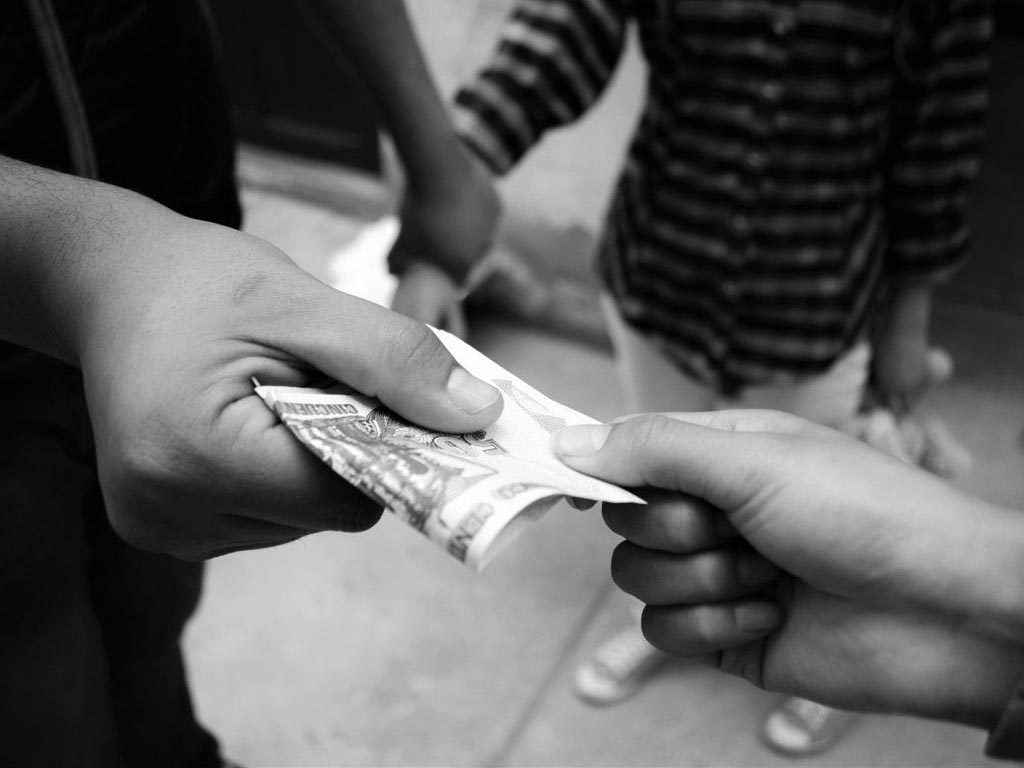ILO reveals greater profits from labor exploitation in the world – Prensa Latina
ILO reveals greater profits from labor exploitation in the world Prensa Latina


Forced Labor Generates Illegal Profits of $236 Billion Annually, with Sexual Exploitation as the Most Lucrative

According to a report by the International Labor Organization (ILO), forced labor in the private economy generates annual profits of $236 billion, with more than two-thirds of these profits coming from sexual exploitation. Although sexual exploitation only accounts for 27 percent of the total number of victims, it is much more lucrative compared to other forms of non-state forced labor. The study reveals that each victim of sexual exploitation generates $27,252 in annual benefits, while victims of other forms of forced labor generate only $3,687.
Profit Distribution by Activity
- Industry: $35 billion
- Services: $20.8 billion
- Agriculture: $5 billion
- Domestic work: $2.6 billion
The investigation further highlights that these illegal profits are wages that rightfully belong to the workers but remain in the hands of their exploiters due to coercive practices. The report also indicates that the total annual illegal profits from forced labor have increased by 37 percent since 2014.
The ILO report, titled “Profits and Poverty: Economic Aspects of Forced Labor,” reveals that traffickers and criminals now generate close to $10,000 per victim, compared to $8,269 a decade ago (adjusted for inflation).
Regional Distribution of Illegal Profits
- Europe and Central Asia: $84 billion
- Asia and the Pacific: $62 billion
- Americas: $52 billion
- Africa: $20 billion
- Arab States: $18 billion
This alarming phenomenon perpetuates cycles of poverty and exploitation, directly contradicting the principles of human dignity. Gilbert F. Houngbo, the Director General of the ILO, emphasizes the urgent need for the international community to come together and take measures to end this injustice, safeguard workers’ rights, and uphold the principles of justice and equality for all.
ef/rgh/mjm
SDGs, Targets, and Indicators
-
SDG 8: Decent Work and Economic Growth
- Target 8.7: Take immediate and effective measures to eradicate forced labor, end modern slavery and human trafficking, and secure the prohibition and elimination of the worst forms of child labor.
- Indicator 8.7.1: Proportion and number of children aged 5-17 years engaged in child labor, by sex and age group (relevant to the mention of forced labor and exploitation)
- Indicator 8.7.2: Proportion of children aged 5-17 years engaged in hazardous work, by sex and age group (relevant to the mention of forced labor and exploitation)
- Indicator 8.7.3: Number of victims of human trafficking per 100,000 population (relevant to the mention of human trafficking)
-
SDG 5: Gender Equality
- Target 5.2: Eliminate all forms of violence against all women and girls in the public and private spheres, including trafficking and sexual and other types of exploitation.
- Indicator 5.2.1: Proportion of ever-partnered women and girls aged 15 years and older subjected to physical, sexual, or psychological violence by a current or former intimate partner in the previous 12 months (relevant to the mention of sexual exploitation)
Table: SDGs, Targets, and Indicators
| SDGs | Targets | Indicators |
|---|---|---|
| SDG 8: Decent Work and Economic Growth | Target 8.7: Take immediate and effective measures to eradicate forced labor, end modern slavery and human trafficking, and secure the prohibition and elimination of the worst forms of child labor. |
|
| SDG 5: Gender Equality | Target 5.2: Eliminate all forms of violence against all women and girls in the public and private spheres, including trafficking and sexual and other types of exploitation. |
|
Analysis
The issues highlighted in the article are connected to SDG 8: Decent Work and Economic Growth and SDG 5: Gender Equality.
Under SDG 8, the specific target identified is Target 8.7, which aims to eradicate forced labor, end modern slavery and human trafficking, and eliminate the worst forms of child labor. The article mentions the profits generated from forced labor and the increase in illegal benefits obtained by traffickers and criminals.
The indicators mentioned in the article that can be used to measure progress towards Target 8.7 are:
- Indicator 8.7.1: Proportion and number of children aged 5-17 years engaged in child labor, by sex and age group
- Indicator 8.7.2: Proportion of children aged 5-17 years engaged in hazardous work, by sex and age group
- Indicator 8.7.3: Number of victims of human trafficking per 100,000 population
Under SDG 5, the specific target identified is Target 5.2, which aims to eliminate all forms of violence against women and girls, including trafficking and sexual exploitation. The article mentions the profitability of sexual exploitation compared to other forms of non-state forced labor.
The indicator mentioned in the article that can be used to measure progress towards Target 5.2 is:
- Indicator 5.2.1: Proportion of ever-partnered women and girls aged 15 years and older subjected to physical, sexual, or psychological violence by a current or former intimate partner in the previous 12 months
Behold! This splendid article springs forth from the wellspring of knowledge, shaped by a wondrous proprietary AI technology that delved into a vast ocean of data, illuminating the path towards the Sustainable Development Goals. Remember that all rights are reserved by SDG Investors LLC, empowering us to champion progress together.
Source: plenglish.com

Join us, as fellow seekers of change, on a transformative journey at https://sdgtalks.ai/welcome, where you can become a member and actively contribute to shaping a brighter future.







